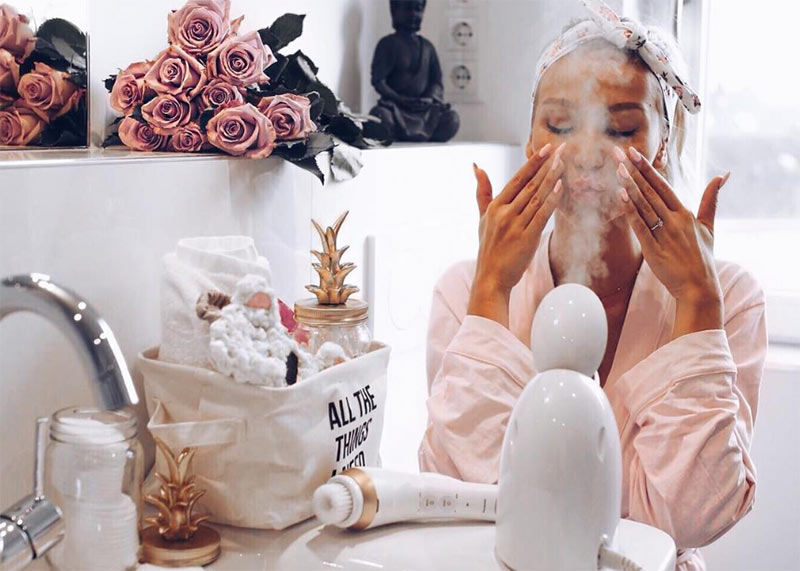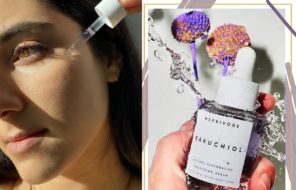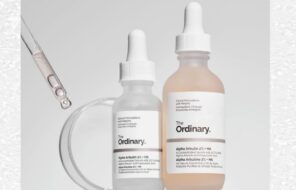Today, I want to help you learn how to get rid of blackheads, and not just in the short term. Blackhead removal is not so easy to figure out, especially when you take into account that you might not even be dealing with blackheads in the first place! The trick to getting rid of these pesky blemishes is all about mixing regular, gentle care with the occasional heavy-duty treatment.
To really tackle a problem, it’s important to understand it, so I explain what blackheads are and what causes them in the first place. I explain the difference between blackheads and sebaceous filaments, as well as other little blemishes that might add to the confusion.
I’ve outlined all of the best ways to remove blackheads, along with the ideal routine for blackhead prevention. To finish things off, I added some must-know facts about safe blackhead removal.
In this article:
- What Are Blackheads and Where Do They Appear?
- Causes of Blackheads and Large Pores
- Telling the Difference Between Blackheads, Sebaceous Filaments, and Other Common Skin Issues
- Blackhead Removal Methods
- How Can You Prevent Blackheads?
- Blackhead Removal Dos & Don’ts
What Are Blackheads and Where Do They Appear?
Blackheads are the tiny black or dark brown dots that show up when our pores or hair follicles (the two terms can be used interchangeably for the most part) get clogged up with a mixture of sebum (a.k.a. facial oil) and dead skin cells (which have some melanin in them). The clog then gets oxidized, which is why it turns black or dark brown.
Blackheads usually don’t have much to do with dirt, as they are caused by things that our skin naturally produces. Their technical name is “open comedones” as opposed to “closed comedones”, which refers to whiteheads.
Blackheads tend to appear on oilier parts of the skin, with the nose being the most common. However, they can show up anywhere where we have hair follicles. They can stretch out the pores and lead to them looking permanently enlarged. Aside from the face, people also often experience blackheads on their back, back of the neck, chest, and scalp.
Blackheads are a type of non-inflammatory acne. The acne bacteria are usually present in the mixture of sebum and dead skin that make up a blackhead, but the open comedone itself doesn’t become inflamed.
It is only once a clogged pore becomes inflamed because of the acne bacteria that the term pimple applies. Blackheads can turn into painful pimples if one neglects them or doesn’t employ an acne-fighting skincare routine.
Causes of Blackheads and Large Pores
Hair follicles can become clogged up with sebum and keratin for no particular reason, and they are usually not a sign of poor hygiene. There are some additional factors that will increase your chances of developing blackheads.
- Those with oily skin are more prone to blackheads because it becomes harder for the pore to expel the oils.
- Misshapen hair follicles with damaged lining are going to become clogged more easily. This is why you will find that blackheads and pimples show up in the same spot over and over again.
- A skincare routine that lacks exfoliation or cleansing might mean there is more debris on the skin and may increase your chances of developing blackheads.
- Our genetics might determine the propensity of our pores to become clogged, while hormones can impact how our skin produces oils, with androgens being notorious for increasing oil production in the skin.
- Health conditions related to hormone production can definitely increase your chances of blackheads as well as of other types of blemishes.
- Stress and diet may also come into play.
Telling the Difference Between Blackheads, Sebaceous Filaments, and Other Common Skin Issues
Blackheads are not as common as you might think. If you have tiny plugs on your nose that appear just a touch darker than your skin, you might believe they are blackheads but it’d be more appropriate to categorize them as sebaceous filaments.
‘Sebaceous filaments’ is a fairly new term in colloquial language that is often referred to as SFs in the skincare community. Like the term blackheads, SFs also refers to plugs of sebum and keratin, but fairly minor ones that don’t have time to become oxidized and are usually not visible unless one were to come up really close.
Sebaceous filaments are a fairly normal part of how the skin functions, especially if you have combination or oily skin, but they can become blackheads if you don’t practice a blackhead preventing skincare routine.
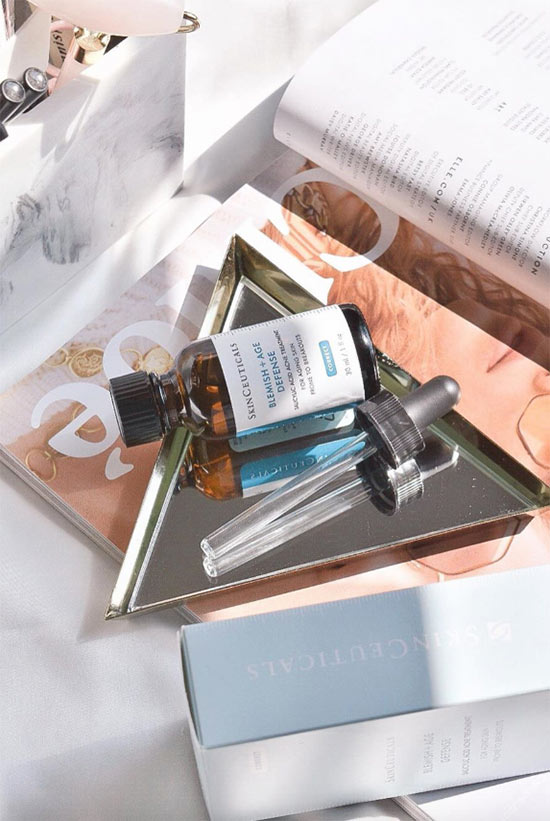
The main difference in how you would get rid of blackheads vs. sebaceous filaments is that only the former require extraction. You definitely wouldn’t need to see a professional for sebaceous filaments.
Sebaceous filaments can be treated with a continuous and gentle skincare routine, as any extreme attempt at extracting them will only injure the skin. Blackheads, which are thicker, more disruptive plugs, may require extraction.
As for whiteheads, they are very easy to distinguish from blackheads even though technically the two have very similar causes. Whiteheads are pores that become clogged with the same mixture of sebum and dead skin, but the clog happens deeper in the pore. They look like small pustules, but without any redness, inflammation, or pain. They can be treated with a gentle, non-comedogenic skincare routine and regular exfoliation.
Another condition worth noting is trichostasis spinulosa, which is often mistaken for blackheads. In this condition, tiny “peach fuzz” hairs (vellum hairs) get trapped in the hair follicle as a bundle, which leads to what looks like very small blackheads, but is actually hair. Regular exfoliation can help free them up, and tweezing will remove them as they can look dark even when not trapped.
Blackhead Removal Methods
Before I get into all the specifics of how to remove blackheads, it’s important to note that prevention is much easier! In addition to giving these methods a try, it’s also important that you take good care of your skin by maintaining a great skincare routine. Blackheads can disappear all on their own, albeit slowly if you just take care of your skin.
The Best At-Home Blackhead Removal Method: The BHA, Clay Mask, and Oil Cleanse Trifecta
This blackhead removal method was devised by Asian-beauty blogger Jude Chao of Fifty Shades of Snail in 2015 and ended up taking the skincare community by storm. People were posting photos of the gunk that came out of their skin and giving their own tips and variations on the technique.
This method helps get rid of blackheads as well as prominent sebaceous filaments, and it also temporarily tightens the pores. It doesn’t cause the usual damage and inflammation that careless pore squeezing would cause, but you do need to remember to be gentle.
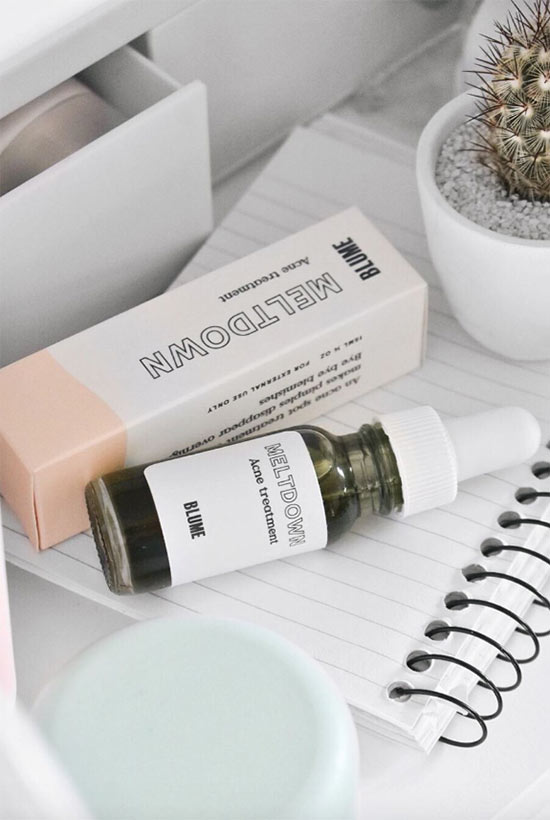
This method can become part of your masking routine once a week or just every once in a while when you feel like it’s necessary, and the skincare products in it can all be part of your regular skincare routine. Note that some people have had success after slightly altering this method, either by waiting less time or by taking out either the salicylic acid or the clay-based mask. You can experiment and see what works for you.
You Will Need:
- Gentle, low-pH foaming facial cleanser
- An oil cleanser or straight oil
- Clay-based mask
- Toner, serum, peel, or pads with salicylic acid
- The serums and moisturizers that make up the rest of your skincare routine
The Process:
- To start, make sure your skin is totally clean and free of oils by cleansing with a gentle foaming cleanser.
- Apply your salicylic acid treatment, and wait 10-20 minutes for it to penetrate into the skin and do its work. Do not rinse it off unless it is a high percentage peel. It is better to use a gentle, leave-on product.
- Apply the clay-based mask to your skin (yes, over the salicylic acid), and let it sit on your skin for as long as the mask directions say. Usually, 10-15 minutes is enough time.
- Once the time has passed, rinse off your masks completely with cool water. You can use damp cotton pads or a microfiber cloth to make sure all residue is gone.
- Take your facial oil, or oil cleanser, and massage it over your skin lightly so it covers your face. Give it a little bit of time to soften the plugs in your pores. Jude Chao recommends waiting 15 minutes, but it still works even if you don’t wait as long.
- Now is the time to apply a bit of pressure. I normally suggest you massage your skin in outward motions, but this time you’ll want to do the opposite. Using circular motions, massage from the outside in, focusing on the areas where you are dealing with the most congestion.
- Don’t massage for longer than 5 minutes, as an overly long or aggressive massage will damage your skin.
- You will soon notice that hard little plugs of keratin pop out of your skin, and that bigger, darker ones pop out where you had blackheads. Resist the urge to go longer or apply more pressure, even if some pores remain clogged.
- Next, splash on some water and massage to emulsify and remove your oil cleanser. If you used a straight oil then wipe it off with a damp cloth, and perhaps cleanse one more time with your foaming cleanser.
- Finish things off with the rest of your routine, making sure to give your skin a lot of moisture to counteract the drying effects of the clay mask.
- If it is daytime, finish with a layer of sun protection.

At-Home Blackhead Extractions
I hesitate to talk about blackhead extractions for a couple of reasons, but I’d be naive not to mention them at all.
The first reason why I hesitate to mention them is that I think people might be tempted to rely on them as a quick fix instead of getting their skincare routine in order and that they might try to utilize them not just to get rid of blackheads, but also to get rid of sebaceous filaments, which unfortunately can really damage the skin.
The second reason is that I think that extracts are better left to the professionals. If you’re not a professional, you might find yourself using too much pressure with the extractor and damaging your skin.
Even worse, the actual act of extracting blackheads and popping pimples is known to be addictive, but if it is done too frequently or to parts of the skin where the blackheads are not severe enough, then skin can get damaged, you can end up with post-inflammatory hyperpigmentation or erythema, which are much harder to get rid of than a blackhead.
So with all this being said, it is possible to do blackhead extractions at home with a ringed extractor tool. The tool presses on the skin, creating pressure and forcing the build-up to come out of the pore.
These kinds of tools work best on larger blackheads, though they exert too much pressure to be worth using on smaller blackheads. It is important to only use an extractor when the skin is clean, and to make sure to sanitize the extractor with an alcohol soak before using it. You can attempt extractions after masking the skin and before moisturizing it.
When you do use the extractor, don’t dig it into your skin. Place the ring over the blackhead, and apply the smallest amount of pressure, while rotating it around. If nothing comes out, don’t press harder – just stop. If a plug does come out, wipe it up with a damp cotton pad, and then apply a bit of an anti-acne spot treatment or petroleum jelly over the area.
Seeing an Aesthetician
It is much better to see an aesthetician for blackhead extractions. They offer extractions regularly, so they know when to stop and exactly how much pressure to use. They can combine the extractions with a facial like an acid peel or microdermabrasion, which will thoroughly exfoliate the skin and allow the blackheads to come out more easily.
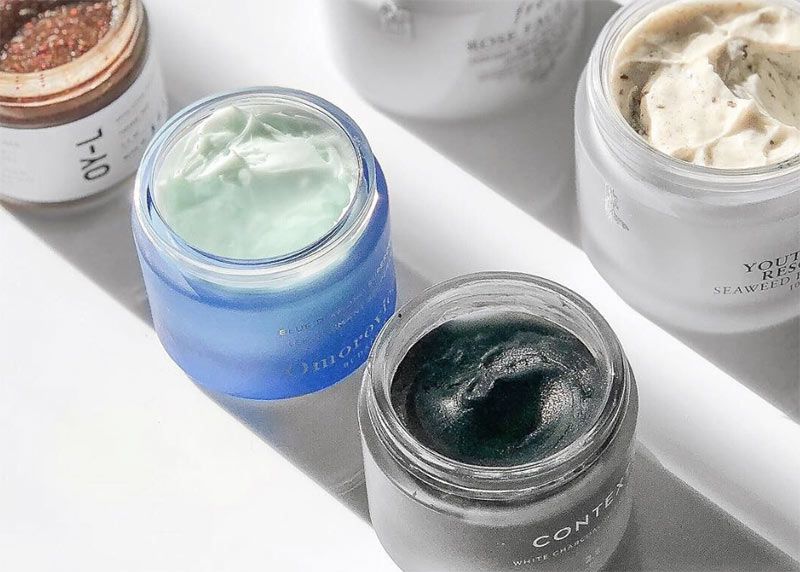
Make sure to choose an aesthetician that gets incredibly good reviews online and that has a proven track record for working with people suffering from blackheads and acne. An untrained or irresponsible aesthetician can end up being too aggressive with your skin or might not have sufficiently high standards of hygiene.
Seeing a Dermatologist
For truly severe or persistent blackheads, an aesthetician will not be enough, and you will want to see a dermatologist instead. A dermatologist can prescribe you tretinoin, which is the strongest retinoid you can apply topically, or they might recommend a medical-grade peel or blackhead treatment.
Like an aesthetician, a dermatologist can also perform extractions, and you will have greater peace of mind knowing that the environment will be totally hygienic and that they will use the right amount of pressure.
Additionally, a dermatologist will be able to diagnose the root cause of your blackheads. They might prescribe an oral contraceptive to regulate hormones or they might suggest oral isotretinoin to decrease oil production in the skin. The input of a medical professional is invaluable, even if it’s not as luxurious as going in for a facial.
How Can You Prevent Blackheads?
If you don’t maintain your skin you can absolutely expect your blackheads to return. A gentle skincare routine that includes regular exfoliation is truly the best way to prevent blackheads. Your routine should consist of the following steps:
Cleansing
You should be cleansing your skin every evening in order to remove any build-up of oil that might get into the pores and cause blackheads. No matter your skin type, you should always stick to gentle, non-drying, sulfate-free, low-pH cleansers.
Double cleansing with an oil cleanser as the first step is especially great for blackhead prevention because oils can soften the plugs in the skin and allow them to slide out more easily.

Resurfacers
After you cleanse you will want to apply a chemical exfoliant, at least a few times a week but as often as every morning and every night. The frequency also depends on the intensity of the exfoliant and what your skin can tolerate.
Exfoliating serums and toners tend to be gentler, while peels with high percentages will be more intense. There are many excellent chemical exfoliants (I’ve covered most of them fairly extensively), but salicylic acid is by far the best one for blackheads because it can penetrate layers of oil and exfoliate within the pore. You can also find a lot of blackhead removal products that combine salicylic acid with other exfoliating ingredients like glycolic acid or lactic acid.
Retinoids, though technically not exfoliants, can also help prevent the build-up of dead skin, and anecdotally they seem to have a wonderful effect of keeping the pores clear. Some people find they can use both retinoids and chemical exfoliants, while for others it can be too harsh.
Be aware that most resurfacing and exfoliating skincare ingredients will make your skin more sensitive to sun exposure, so using a sunscreen in the morning is a must!
Hydrators & Moisturizers
Keeping the skin well hydrated is a key part of preventing blackheads. When the skin is dehydrated, dead skin cell build-up becomes more of an issue, while the skin itself becomes compromised and more prone to clogging.
On the other hand, when the skin is moisturized dead skin cells shed more easily. The stratum corneum, as a whole, plumps up and pores become a little tighter. Moisturizing is an important part of every skincare routine, and especially one geared towards removing blackheads since typical blackhead removal methods can dry out the skin.
Blackhead Removal Dos & Don’ts
- Don’t squeeze your skin! If you really want to go around popping, it is better to aim for a gentle massage or use an extractor tool. Squeezing with the tips of the fingers is a no-no, however, because it can damage the skin and can cause inflammation and redness.
- Keep things clean! Even the gentlest blackhead removal massage or extractions session can be harmful if your hands, tools, and skin aren’t cleaned before you start.
- Some sources recommend you steam your face to dilate the pores. We don’t recommend that, however, since hot steam can actually damage the skin and lead to dehydration and visible veins. It is much better to just let the skin soak up some oil instead, as it will make it more malleable and will help soften up plugs.
- Be skeptical of blackhead removal home remedies involving things like lemon juice or baking soda. They can do a lot more harm than good. It is always better to rely on proven skincare ingredients and methods.

Photos via @anajohnson, Instagram

